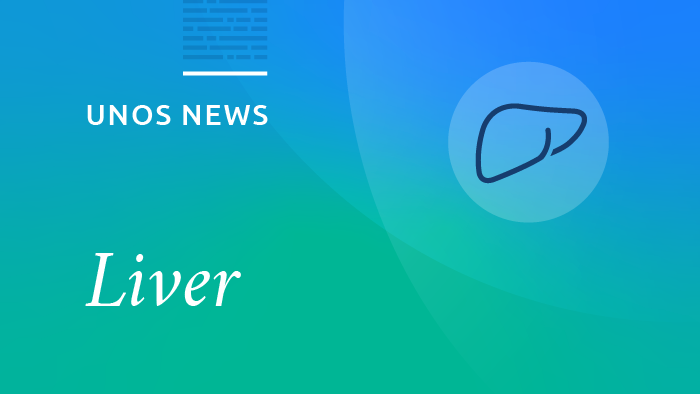Statement from David C. Mulligan, M.D., FACS, Chair, OPTN/UNOS Liver and Intestinal Organ Transplantation Committee, regarding status of discussion regarding liver distribution
The OPTN/UNOS Liver and Intestinal Organ Transplantation Committee continues to study ways to save as many lives as possible through organ allocation and address issues of fairness for transplant access among all transplant candidates nationwide. We want to update you on the status of these efforts and solicit feedback on possible solutions.
In 2012, the Board of Directors agreed that the geographic disparities in organ allocation is unacceptably high. The Board charged the organ-specific allocation committees, including ours, to investigate how the current geographic patterns of organ distribution may affect transplant candidates’ chances to receive organ offers.
Our committee has reviewed these issues specifically in two important measures: lives saved while waiting for a transplant, and the variation in the median MELD/PELD score at transplantation among different allocation areas. Our review highlights a fact already well known within our community: there are significant geographic disparities in the current system.
The current regional boundaries were developed many years ago and were not intended to optimize liver distribution. Our committee is reviewing alternate distribution methods to both increase the number of lives saved through liver transplantation, and decrease overall variation in MELD/PELD scores at which candidates receive a transplant opportunity.
The committee has discussed distribution based on a limited number of allocation districts as an alternative to existing local/regional boundaries. Statistical modeling strongly suggests these optimized maps would result in more lives saved overall and reduced variation in the MELD/PELD scores at transplant. These concepts have been presented at transplant society conferences and in professional literature. Still, many interested people have not yet reviewed the proposed concepts in detail and may have key questions or recommendations to guide further consideration.
We realize there are many perspectives on the best way to address allocation disparities. In June, we will distribute background information about the committee’s discussions about potential solutions to these problems, as well as a questionnaire to gather feedback on potential solutions and solicit input on additional ways we can address the disparities. The distribution list for the questionnaire will include, at a minimum, liver transplant program directors, executives of organ procurement organizations, and the leadership of transplant professional societies and patient advocacy organizations. The questionnaire is intended to identify issues for a more efficient and productive discussion at a national allocation forum planned for September 2014.
The questionnaire responses and the subsequent forum will guide our committee in consideration of an eventual policy proposal. Let me emphasize that at present, there is no policy proposal, nor will any proposal be developed without providing interested parties the opportunity to share their ideas and experience.
Any proposal that results from this process will be submitted for public comment, which includes discussions at regional meetings and other committee meetings, as well as the opportunity for individuals to express their opinions. The committee will consider and respond to those comments before any proposal is submitted to the Board for consideration. The committee agreed that the earliest timeframe that a policy will be circulated for public comment is in the spring of 2015.
It is also important to note that the committee is monitoring, and will continue to monitor, the effects of the “Share 35” policy implemented last June as it contemplates any changes in liver distribution policy. While initial results indicate the policy is saving lives as intended, the committee is also aware of some logistical consequences related to broader sharing of organs. The committee encourages open dialogue between transplant programs and OPOs to resolve these issues. The committee will also monitor post-transplant survival following “Share 35.”
We will provide additional information with the distribution of the questionnaire and at other key intervals. On an ongoing basis, committee reports to the Board can be found on the OPTN website.
We thank you and rely on you to provide feedback to help us best meet the needs of all transplant candidates.

